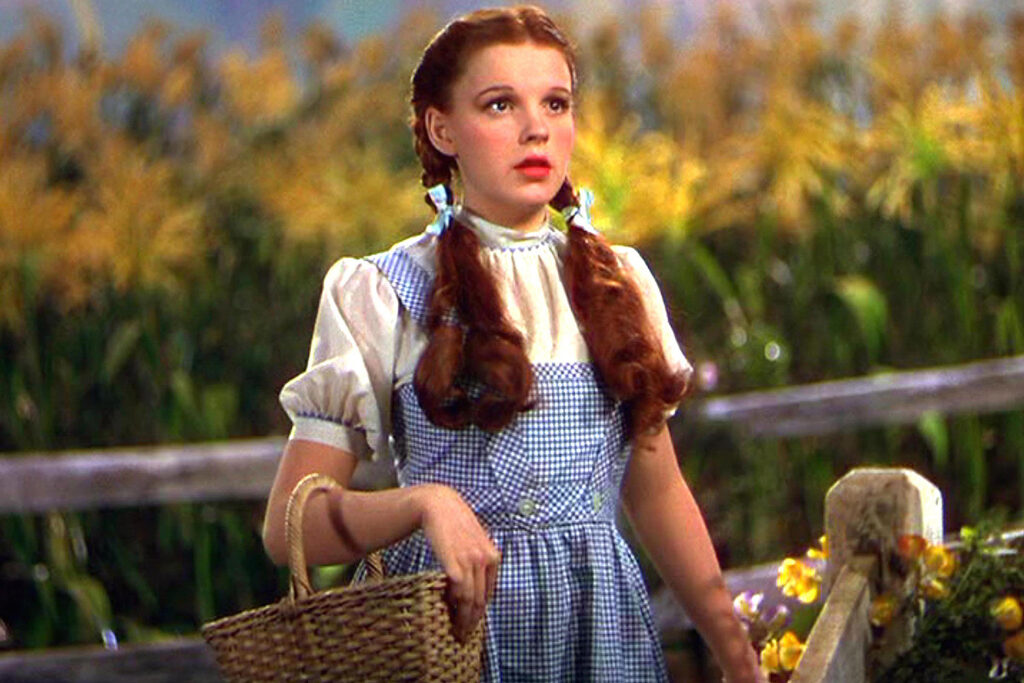I recently participated in a high-level writing workshop and something jumped out at me: I felt that many of the writers were not entirely clear on their character’s motivation.
Let’s discuss. (Note: a lot of these ideas are inspired by GMC: Goal, Motivation, Conflict, by Debra Dixon, a craft book I highly recommend.)
What Do I Mean by Motivation?
Every character enters your story in the middle of their life. Your story is focused on something happening in the character’s “now”, but that doesn’t mean that they are a blank slate up until that moment. They have a past, a history, a backstory.
Motivation is desire. It’s fueled by a longing or lack that the character may not even be able to fully articulate; she just knows something is missing in her life. She is then motivated to act in response to this longing, and motivation propels her through the story.
With your character’s story arc, she has an external problem to deal with, and an internal problem. One of my favorite examples to illustrate this is The Wizard of Oz. Dorothy’s external problem is dealing with the Wicked Witch/trying to get to the Wizard. Her internal problem is that she feels unloved by those around her after Miss Gulch takes Toto away with Auntie Em’s approval. Dorothy is searching for a happy place and thinks it’s “somewhere over the rainbow”.

Dorothy, pondering. Photo by Mgm/Kobal/Shutterstock (5886294em)
Judy Garland
Notice that these external and internal problems provide conflict at both macro and micro scales.
External and Internal Motivation
Here’s Dorothy’s motivation related to her problems:
- Dorothy’s external motivation: she’s motivated to battle the Witch by the threats against her friends in Oz.
- Her internal motivation: she has to understand that running away is not the way to find your happy place; that she had a happy place all along and it’s inside her. And she realizes that with her loving family and friends, “there’s no place like home”.
Dorothy’s longing for a place over the rainbow, a safe and loving place, motivates her to run away, leading to her story of discovering who she really is and what she really has. The story satisfies her “lack” by bringing her to full awareness.
If you can clearly and simply define your protagonist’s internal and external motivations, you’ll have a much stronger story. Brainstorm your protagonist’s longing or lack through backstory (you can read more about that here) remembering that she may not be entirely aware of her longing herself.
I’m interested in learning more about motivation from Janet!
